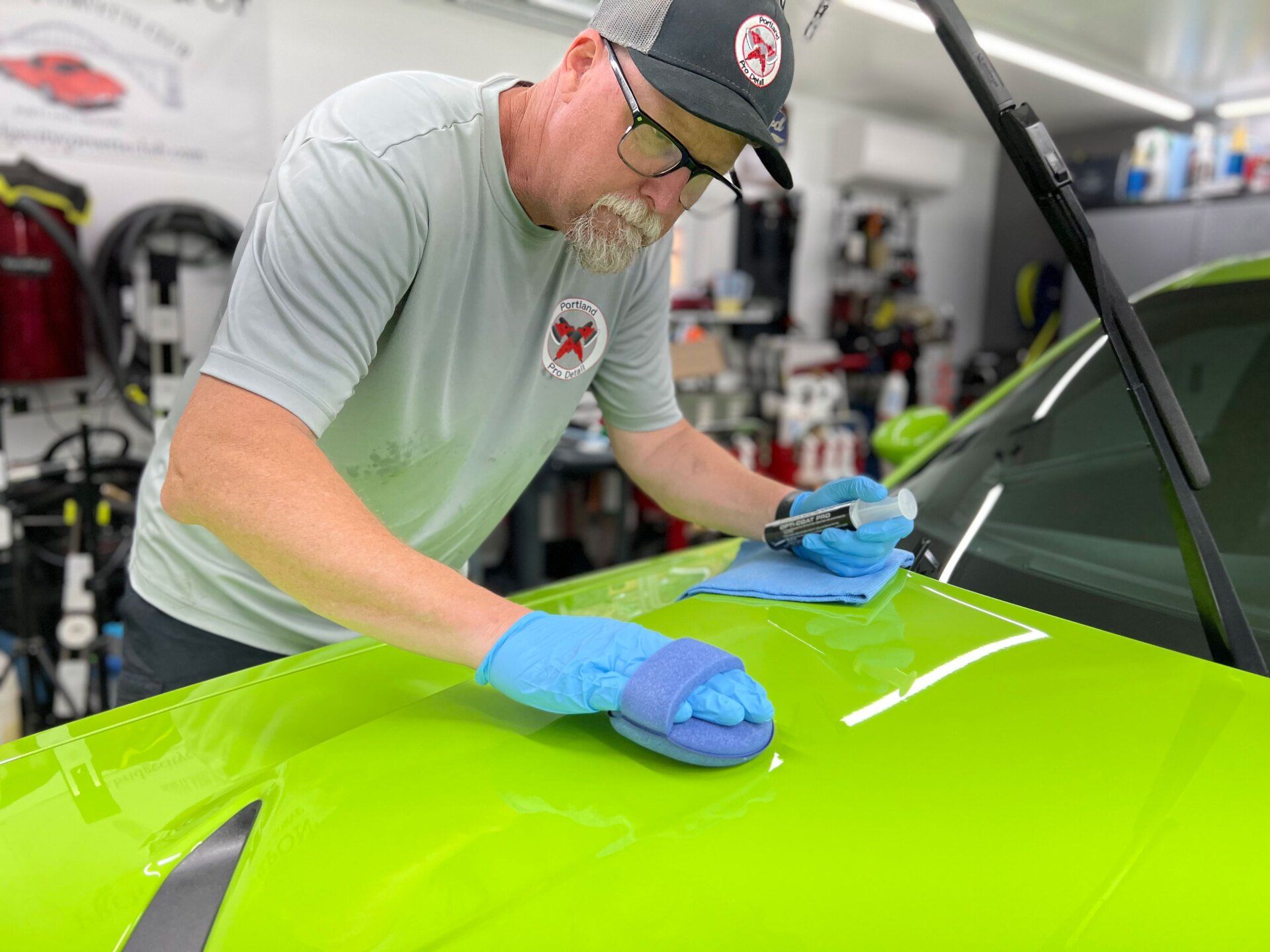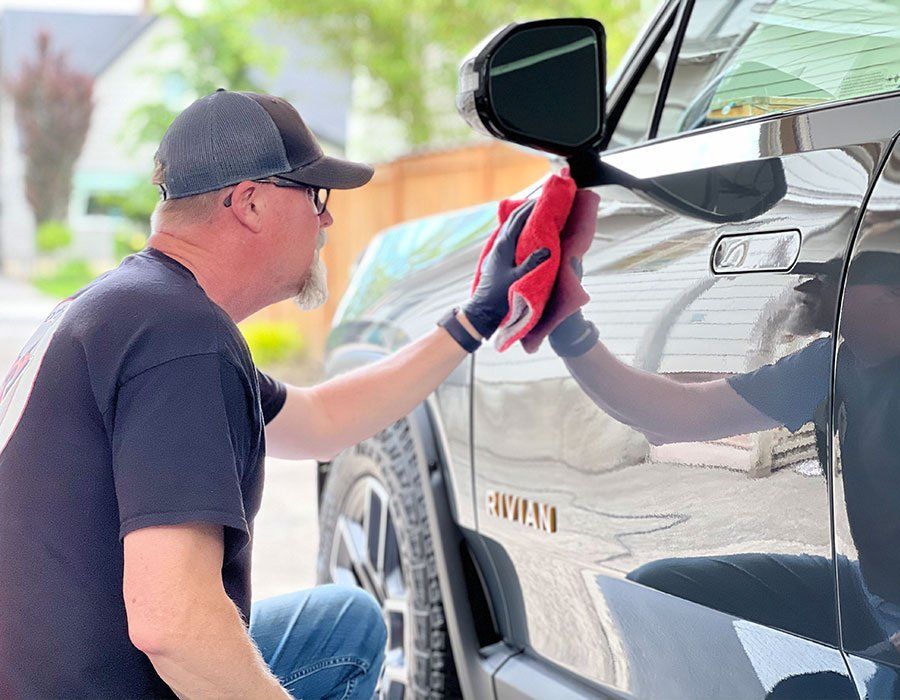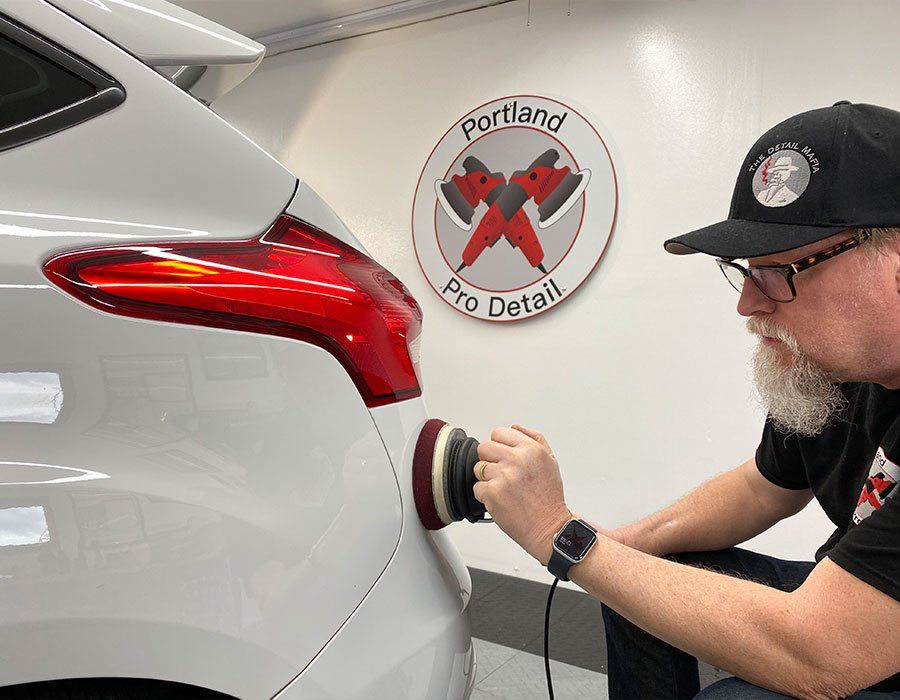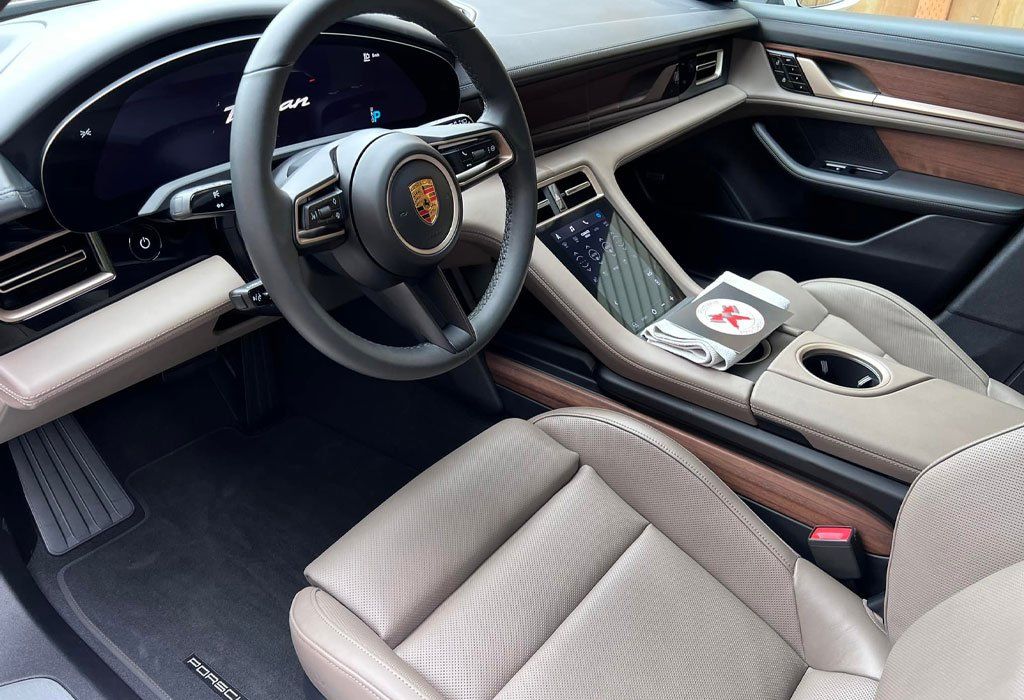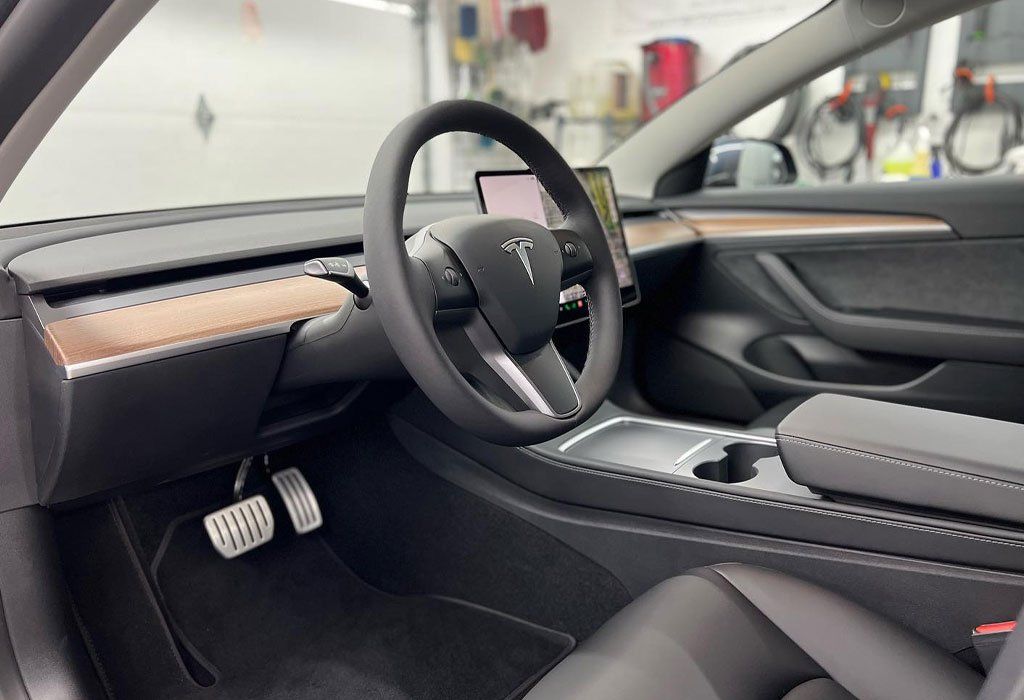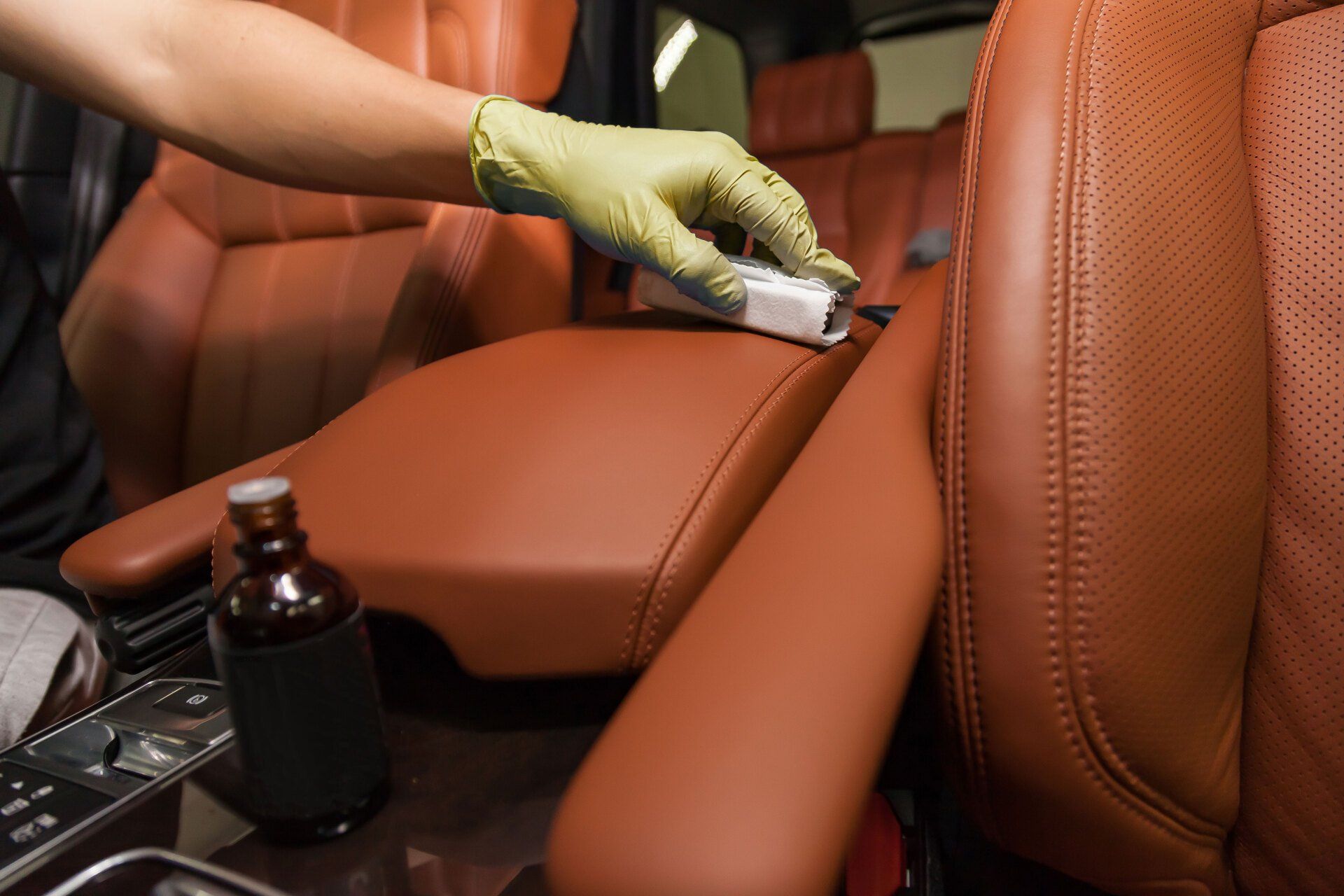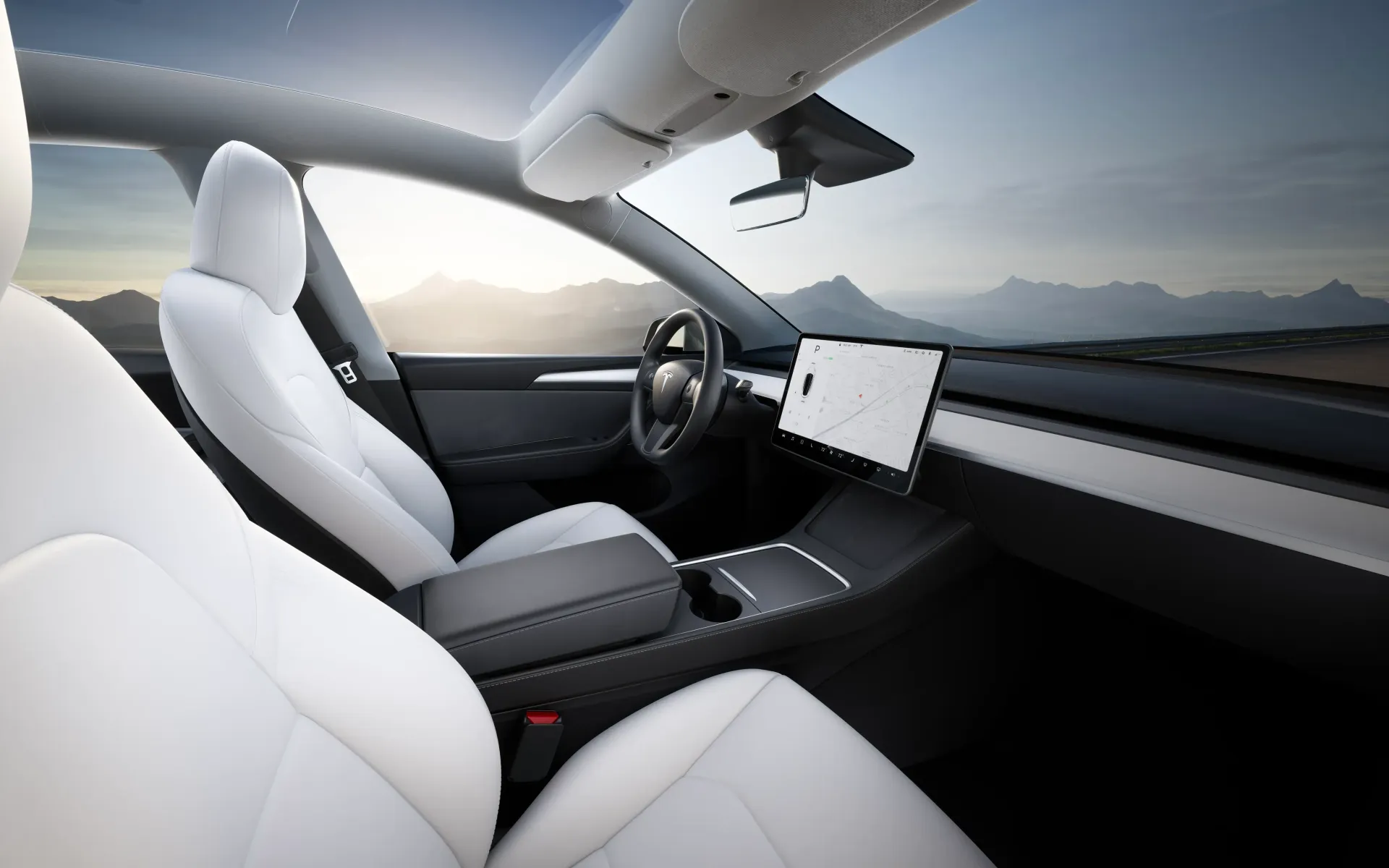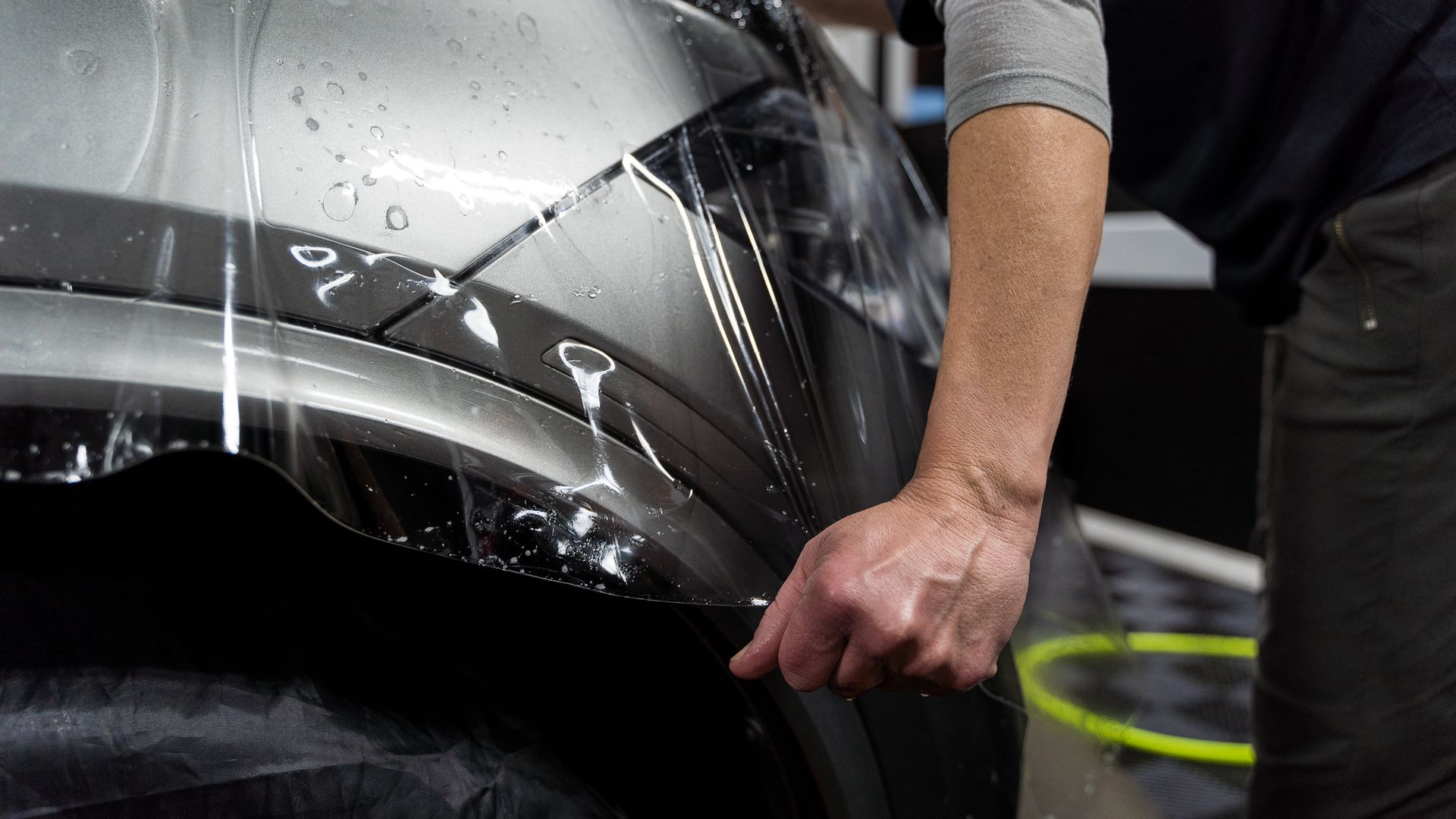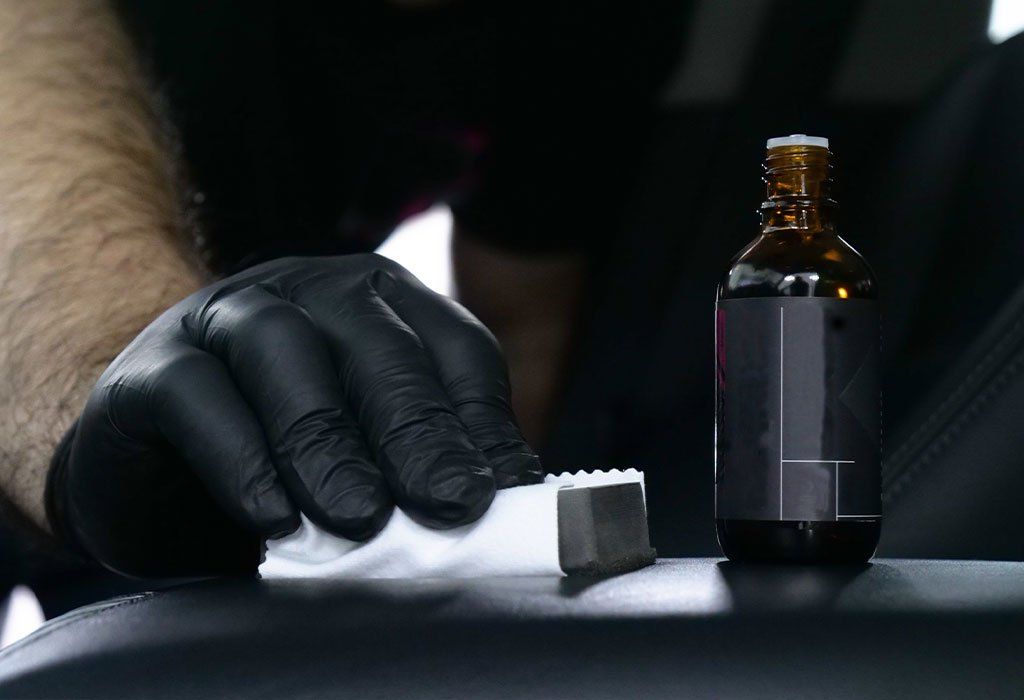Interior Ceramic Coating Resists Spills and Stains: A Must for Car Maintenance
CALL (503) 444-7415
Maintaining a clean car interior can feel like an endless battle, especially when spills from coffee or muddy footprints threaten your vehicle’s look. Many car owners spend substantial time and money on cleaning products and services, only to find themselves dealing with recurring stains and wear. This constant cycle not only frustrates but also adds hidden costs to car maintenance routines. Interior ceramic coatings is an advanced solution designed to combat these everyday challenges. Developed using nanotechnology, these coatings create an invisible shield that repels liquids before they penetrate surfaces.
Interior ceramic coating creates a hydrophobic layer that repels liquids, making it significantly easier to clean up spills and preventing stains from setting into the fabric or leather surfaces. This advanced protective layer not only enhances the longevity of vehicle interiors but also maintains their aesthetic appeal over time by safeguarding against daily wear and tear.
What is Interior Ceramic Coating?
At its core, interior ceramic coating is not just another product you apply for appearances; it’s a sophisticated technology aimed at preserving the beauty and functionality of your vehicle's interior. This groundbreaking solution leverages nanotechnology, deploying microscopic ceramic particles that meticulously bind with the surfaces of seats, dashboards, and other interior elements. What does this mean for you? It means creating a protective barrier that greatly enhances durability against the wear and tear of daily life.
The magic lies in the coating’s composition. These tiny ceramic nanoparticles penetrate and fill the minuscule pores found on the surface of materials like leather, fabric, or vinyl. By doing this, they form an even smoother texture that significantly reduces friction and repels liquids. This hydrophobic property is crucial—not only does it help keep your surfaces clean by preventing spills from soaking in; it also simplifies maintenance immensely.
Though many products claim to offer protection against spills and stains, interior ceramic coatings stand out because they contain superior protective capabilities thanks to their molecular bonding technology. Unlike traditional sealants or sprays that sit atop surfaces as a temporary layer, ceramic coatings actually become part of the surface itself, which leads to enhanced longevity.
Key Advantages for Car Interiors
- Hydrophobic Properties: One of the most remarkable benefits of interior ceramic coatings is their hydrophobic properties. This technology forms a water repellent barrier that acts like a shield against spills and stains. Picture this: You’re driving your kids home from soccer practice when someone accidentally knocks over a drink. Instead of enduring an epic cleanup battle, you simply grab a cloth and wipe away the beads of soda that have pooled on your seat. Studies indicate that surfaces treated with ceramic coatings can remain up to 50% cleaner than untreated ones after just a month. This statistic emphasizes how much easier life becomes when you can quickly clean up messes without worrying about lasting damage.
- UV Protection: The sun may shine brightly, but it’s not always your car’s best friend. UV rays can fade the colors in your vehicle’s upholstery and trim, leading to an unattractive, worn look over time. One of the standout features of ceramic coatings is their exceptional UV protection. By applying these coatings, you essentially give your car's interior a protective barrier against sun damage—helping it maintain its aesthetic appeal far longer than vehicles that lack this coating. Therefore, you won't need to worry as much about reupholstering or spending extra money on repairs down the line; instead, you'll find great peace of mind knowing that your interior is safeguarded against fading.
- Enhanced Durability: The average wear and tear from everyday usage can be unforgiving on your car's interior, leading to cracks and peeling that only grow worse with time. Applying an interior ceramic coating significantly enhances the durability of materials. These coatings add an extra layer of defense against spills, dust, and dirt. Investing in these coatings can prolong the life of your vehicle’s interior components and protect their resale value. By safeguarding against deterioration, you'll find that caring for your vehicle becomes simpler and more efficient while maintaining its appearance for years to come.
How to Apply Ceramic Coating
Applying ceramic coating is both an art and a science, requiring careful attention to detail to bond effectively with the surfaces of your vehicle. The first step, preparing the surface, acts as the foundation for the entire application process. Begin by thoroughly cleaning all interior surfaces using a pH-neutral cleaner, which is crucial in removing dust, dirt, and grease that could interfere with adhesion. A well-prepared surface is akin to a blank canvas; any remnants of contaminants can lead to an uneven finish or diminished performance of the coating. Utilize a microfiber cloth for drying, as it’s gentle and won't scratch the surfaces. Avoid using harsh chemicals or abrasive materials, as these can cause more harm than good, potentially leading to damage that is both unsightly and costly to repair. Ensuring that everything is spotless creates an optimal environment for the coating to do its job.
Moving on from preparation, we transition into the fun part—applying the coating itself. For applying the ceramic coating, you'll want a foam applicator pad; this tool helps you distribute the product evenly across the surface. When it comes to application, think small sections: working in manageable areas guarantees thorough coverage without oversaturating any one spot. Although you may feel tempted to rush through this stage, patience pays off here. Application should be methodical - ensure each section receives a thin layer without any excess pooling. After applying the coating to all desired areas, take a clean microfiber towel for buffing away any excess product. This step not only ensures a smooth finish but also prevents unsightly streaks or patches that could diminish aesthetic appeal later on.
Follow manufacturer instructions closely regarding curing time; typically, you'll want to let it cure for 24 to 48 hours. Even though it might be tempting to use your vehicle right away, adhering to this timeframe solidifies the bond between the coating and your surfaces.
Tips for Maintaining Coated Interiors
One of the best ways to ensure that your ceramic coating lasts is through consistent, mindful upkeep. Imagine stepping into your car and having it look just as spotless as the day you applied that protective layer. Just a little attention can go a long way to maintaining that sleek, clean aesthetic.
- Weekly Cleanings: It’s essential to wipe down surfaces with a damp microfiber cloth at least once a week. This simple act helps remove dust and dirt before it settles into more stubborn grime, which can be harder to take off later. When you're using the cloth, make sure to pay particular attention to high-touch areas like armrests and steering wheels. They can accumulate oils from your skin quickly, so giving these spots some extra love will keep your interior feeling fresh. But while regular cleaning is vital, it's equally important to address any accidents swiftly.
- Prompt Spill Clean-Up: Nobody's perfect; sometimes, drinks spill or snack crumbs find their way into the crevices of your car. When this happens, it's essential to address spills immediately by blotting them with a soft cloth rather than rubbing. Rubbing could potentially degrade the hydrophobic qualities of the ceramic coating, making it less effective over time. Think of this as preventative medicine: a few seconds of care now can save you from headaches later. Along with quick actions after spills, there are also specific products that should be kept out of reach.
- Avoid Harsh Chemicals: When maintaining your coated interiors, it's vital to avoid harsh chemicals or abrasive cleaners as they can harm the ceramic layer. Instead, opt for pH-neutral cleaners specifically designed for ceramic-coated surfaces. These gentle products will effectively clean without stripping away those protective properties you've worked hard to establish. Your goal is longevity; what’s the point of investing in quality if you’re going to risk it with uninformed choices?
Adhering to these straightforward maintenance tips not only boosts the durability but also enhances the appearance of your vehicle’s interior, setting the stage for further exploration into common inquiries surrounding this innovative solution.
Why Investing in Ceramic Coating is Worth It
The initial cost of applying interior ceramic coating may evoke hesitation, but understanding its long-term benefits can put that doubt to rest. Imagine your vehicle's upholstery remaining pristine despite everyday life, whether it's a toddler's juice box explosion or a messy takeout lunch. With ceramic coating, it repels spills and stains effectively while enhancing your car's interior longevity by creating a robust barrier against wear and tear.
Cost vs. Benefits of Interior Ceramic Coatings
Now, let's explore the financial side of this investment. Frequent interior detailing can be quite costly over time. For instance, consider what you might spend on cleaning services combined with the potential expense of repairing or even replacing damaged upholstery due to stains or fading. The upfront cost of ceramic coating, while seemingly substantial, offers considerable savings by minimizing the frequency of these maintenance actions. By investing in a durable layer of ceramic coating, you're essentially purchasing peace of mind. You equip your vehicle with a shield that preserves its aesthetic and functional integrity for years to come.
As you can see, the initial investment in ceramic coating can lead to significant savings when compared to continuous upkeep and possible repairs. It's an intelligent move to consider if your vehicle sees frequent use and is prone to accidents involving food or drinks. Moreover, the ease of maintaining your vehicle with ceramic coatings can't be overstated; it simplifies your life more than you might realize. With proper application and care, you can keep your vehicle looking brand new for years while saving money in the process. This makes interior ceramic coating an invaluable investment for every car owner.
Trusted Interior Ceramic Coating Service in Portland, OR
Experience the top-notch interior ceramic coating service in Portland, OR, with Portland Pro Detail. Our interior ceramic coatings provide your vehicle’s interior with superior protection against dirt, spills, and every day wear and tear. Ready to protect your vehicle’s interior and enhance its beauty? Contact Portland Pro Detail today for a free consultation and estimate. Our expert team is dedicated to providing you with the best interior ceramic coating service in Portland, OR. Don’t wait—give your vehicle the superior protection it deserves and experience the difference with our top-notch service! Call us at (503) 444-7415 to get started!

